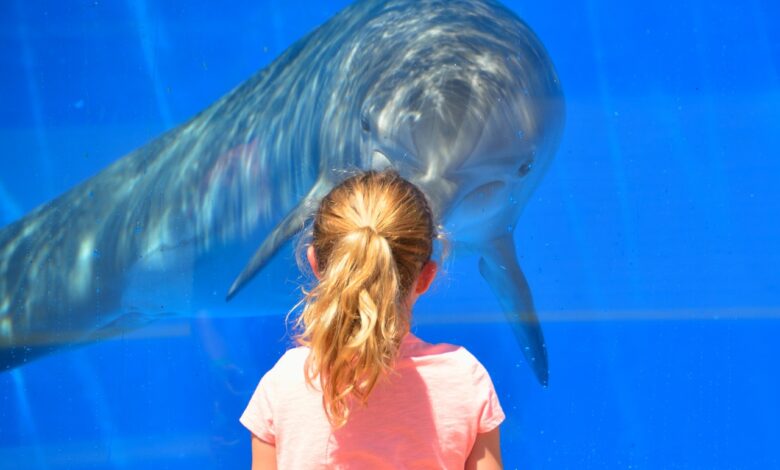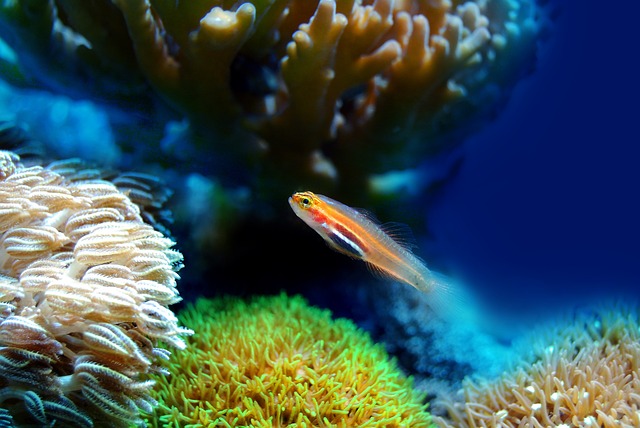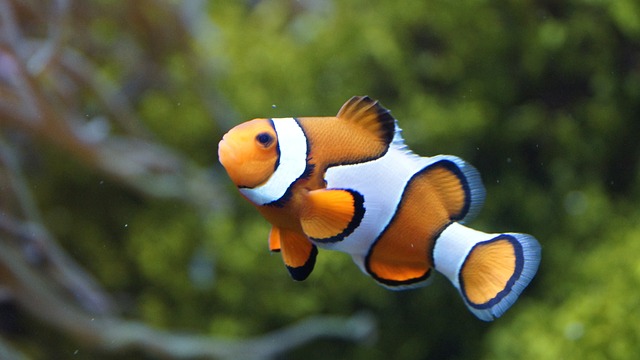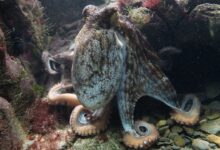Aquarium Animals: Diversity, Adaptations, and Conservation Efforts

Aquariums provide a fascinating glimpse into the underwater world, showcasing a diverse array of aquatic life. These carefully curated environments allow us to appreciate the beauty and wonder of aquarium animals while also raising awareness about their conservation.
Table of Contents
The World of Aquarium Animals
Aquariums house a wide variety of aquatic animals, ranging from colorful tropical fish to mesmerizing marine mammals and captivating invertebrates. These exhibits provide opportunities for education, research, and conservation initiatives, allowing visitors to learn about different ecosystems and the importance of protecting marine biodiversity.
Adaptations of Aquarium Animals
Aquarium animals have evolved various adaptations to thrive in their aquatic environments. These adaptations enable them to navigate the water, find food, avoid predators, and reproduce successfully. Here are some notable adaptations:
• Buoyancy Control
Many aquarium animals have specialized structures or behaviors that help them control their buoyancy in water. For example, fish possess swim bladders, gas-filled organs that allow them to adjust their position in the water column. This adaptation enables them to conserve energy and maintain neutral buoyancy.
• Respiration and Oxygen Uptake
Aquarium animals have evolved different respiratory adaptations to extract oxygen from water. Fish use gills to extract dissolved oxygen, while marine mammals such as dolphins and whales have lungs for breathing air at the water’s surface. Some species, like turtles, can even breathe through specialized structures called cloacal bursae.
• Camouflage and Coloration
Camouflage and coloration are common adaptations among aquarium animals to blend with their surroundings or communicate with others. Many fish, such as the clownfish, have vibrant colors that serve as warning signs or attract mates. Others, like octopuses, can change their skin color and texture to mimic their environment, offering excellent camouflage.
• Sensory Adaptations
Aquarium animals rely on specialized sensory adaptations to navigate their environment and locate prey or mates. Sharks, for instance, possess highly developed electroreceptors called ampullae of Lorenzini, which detect electrical signals emitted by other animals. Some fish have lateral lines that sense water movements, aiding in orientation and schooling behavior.
• Reproductive Strategies
Aquarium animals employ a variety of reproductive strategies to ensure the survival of their species. Some lay eggs that hatch externally, like many fish and amphibians, while others, such as seahorses, exhibit male pregnancy where males carry the developing embryos. Certain invertebrates, like corals, engage in asexual reproduction through budding or fragmentation.
Conservation Efforts for Aquarium Animals
Aquariums play a crucial role in conservation efforts for aquarium animals and their habitats. These initiatives focus on sustainable collection practices, species preservation, education and awareness, habitat conservation, and the reduction of plastic pollution.
• Sustainable Collection Practices
Responsible aquariums prioritize sustainable collection practices to ensure the well-being of wild populations. This includes obtaining animals from reputable sources, supporting captive breeding programs, and adhering to legal and ethical guidelines. The goal is to minimize the impact on wild populations while maintaining genetically diverse and healthy aquarium populations.
• Species Preservation and Breeding Programs
Aquariums contribute to species preservation through captive breeding programs. These programs aim to establish self-sustaining populations of endangered or threatened species. By breeding and reintroducing animals into their natural habitats, aquariums help preserve genetic diversity and reduce the pressure on wild populations.
• Education and Awareness
Aquariums serve as educational platforms, raising awareness about the importance of conservation and the need to protect aquatic ecosystems. They provide informative exhibits, interactive displays, and educational programs that emphasize the ecological significance of aquarium animals. These initiatives inspire visitors to become advocates for conservation and make sustainable choices in their daily lives.
• Habitat Conservation and Restoration
Aquariums actively participate in habitat conservation and restoration projects. They collaborate with research institutions, governmental organizations, and local communities to protect and restore critical habitats, such as coral reefs, mangroves, and wetlands. These efforts aim to safeguard the ecosystems that support aquarium animal populations.
• Reduction of Plastic Pollution
Aquariums take steps to reduce plastic pollution, which poses a significant threat to marine life. They promote sustainable practices by minimizing single-use plastics, implementing recycling programs, and raising awareness about the impact of plastic waste on marine habitats. These actions help protect aquarium animals from the harmful effects of plastic pollution.
Conclusion
Aquarium animals exhibit a remarkable diversity of adaptations that allow them to thrive in aquatic environments. Through their conservation efforts, aquariums contribute to the preservation of these fascinating creatures and their fragile habitats. By fostering education, sustainable practices, and habitat restoration, aquariums inspire visitors to become stewards of the ocean and work towards a more sustainable future.
FAQs
• How are aquarium animals acquired for display?
Aquarium animals can be acquired through various methods. Some are bred in captivity through dedicated breeding programs, while others are obtained from reputable suppliers who adhere to sustainable collection practices. Aquariums prioritize the health and welfare of the animals and ensure their acquisition aligns with ethical and legal guidelines.
• Are all aquarium animals taken from the wild?
No, not all aquarium animals are taken from the wild. Many aquariums prioritize captive breeding programs to sustain their animal populations and reduce reliance on wild-caught specimens. This helps minimize the impact on wild populations and supports conservation efforts.
• What are some challenges in maintaining aquarium ecosystems?
Maintaining aquarium ecosystems comes with challenges such as maintaining water quality, providing appropriate nutrition, preventing disease outbreaks, and creating suitable habitats for different species. Balancing the complex needs of multiple species within an artificial environment requires careful monitoring and expertise.
• How can individuals contribute to the conservation of aquarium animals?
Individuals can contribute to the conservation of aquarium animals by supporting reputable aquariums that prioritize conservation efforts. They can also make sustainable choices in their daily lives, such as reducing plastic consumption, supporting sustainable fisheries, and advocating for marine conservation policies.
• Can aquariums have a positive impact on conservation?
Yes, aquariums have a significant impact on conservation. Through educational programs, species preservation initiatives, habitat restoration projects, and sustainable practices, aquariums raise awareness and inspire individuals to take action to protect aquatic ecosystems and the animals that inhabit them.
Popular Aquarium animals:
• Fish
Goldfish
Bettas
Angelfish
Clownfish
• Marine mammals
Sea lions
Dolphins
Seals
• Reptiles
Turtles
Snakes
Lizards
• Invertebrate
Jellyfish
Coral
Sea anemones






